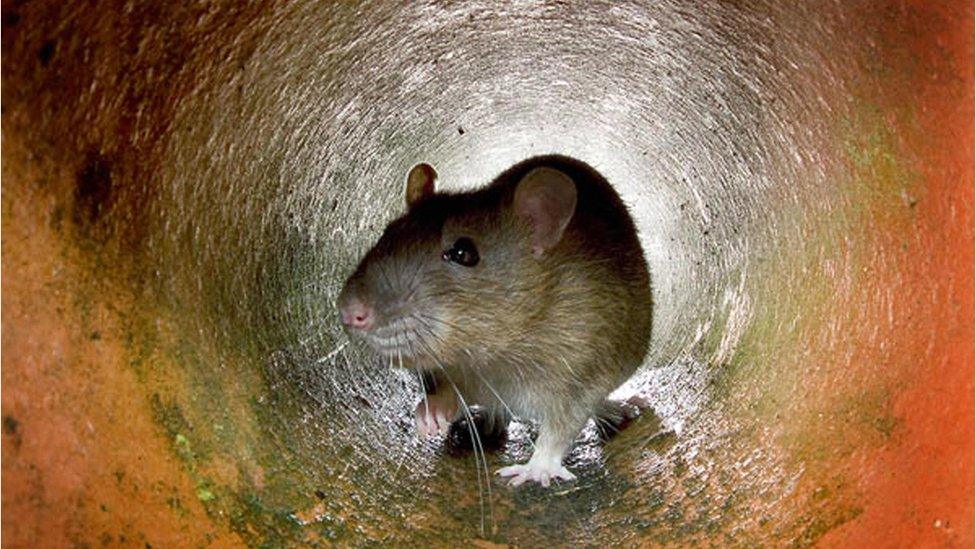Scientists think the king cobra has its own 'royal family'
- Published
- comments
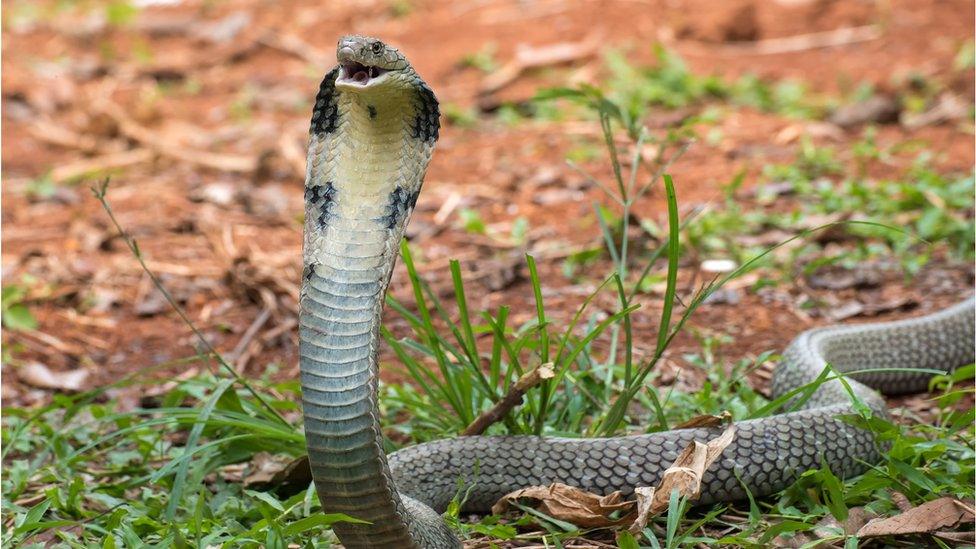
Scientists think they've worked out why the king cobra has a different appearance or behaviour depending on where it lives.
New research from India suggests that the snake is actually in a 'royal family' of four separate species.
The king cobra is really distinctive because it's the longest venomous snake in the world, reaching 5.5 metres in length.
It is known to have enough venom in its bite to take down an elephant but it's hoped this discovery could lead to more effective antivenom to treat snakebites throughout East and South Asia.
Lots of king cobras look very different depending on where they are in the world.
So, for instance, adult king cobras in Thailand have more than 70 off-white bands around their bodies, while those in the Philippines have only a few that are barely visible.
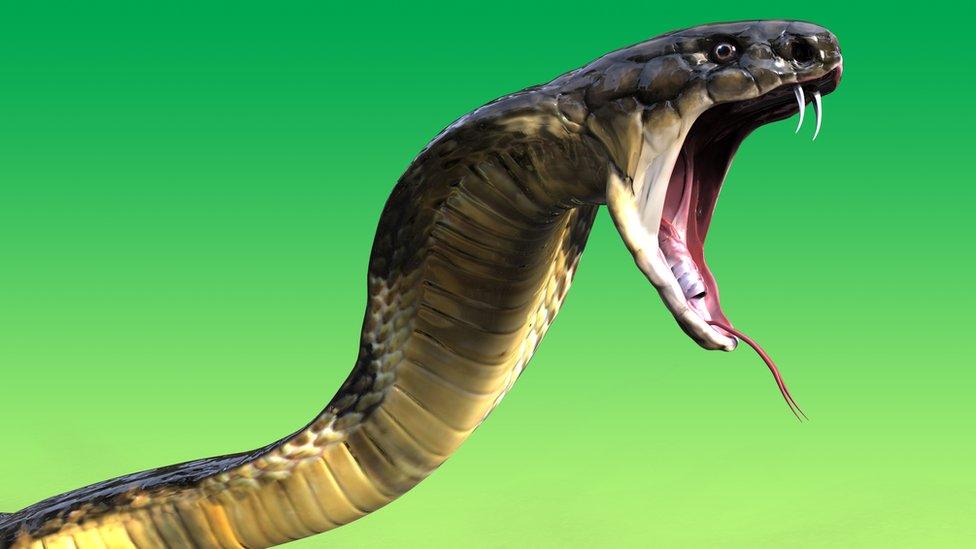
P. Gowri Shankar, a biologist and king cobra expert from Shivamogga, India has been investigating these differences.
Using brand new DNA technology, Shankar and his team have discovered four genetically unique lineages of king cobra.
This means that all four came from the same ancestor but have evolved separately.
The researchers identified the different king cobras by where they found them.
They were Western Ghats (southwestern India), Indo-Chinese (eastern India and China), Indo-Malayan (Indonesia and Malaysia), and Luzon Island (Philippines).
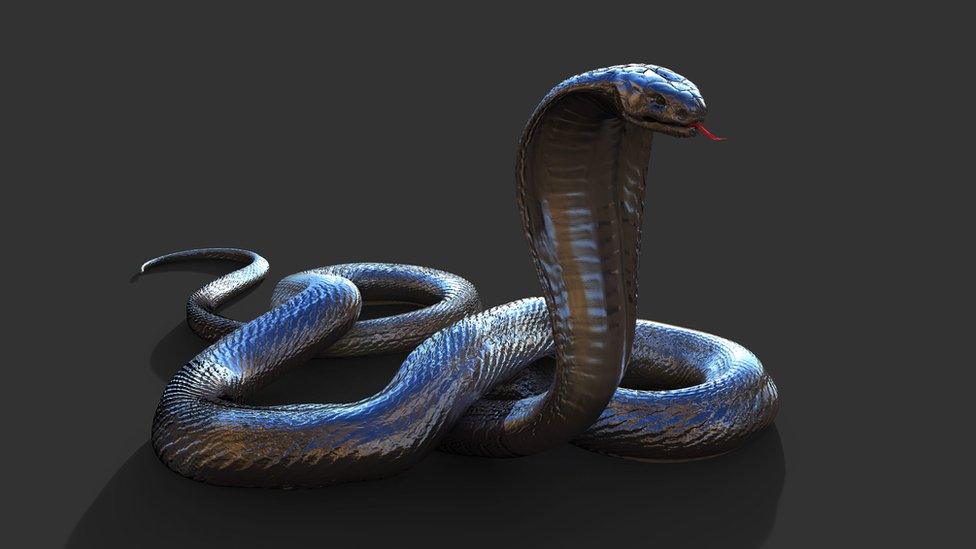
Shankar said the king cobras are distinctive enough that there's a possibility of producing a more effective antivenom that could specifically target these species' individual venoms.
The International Union for the Conservation of Nature lists the king cobra as vulnerable to extinction because of deforestation and city building.
It's thought the discovery of the new species could help boost conservation efforts for the snakes.
- Published13 January 2021
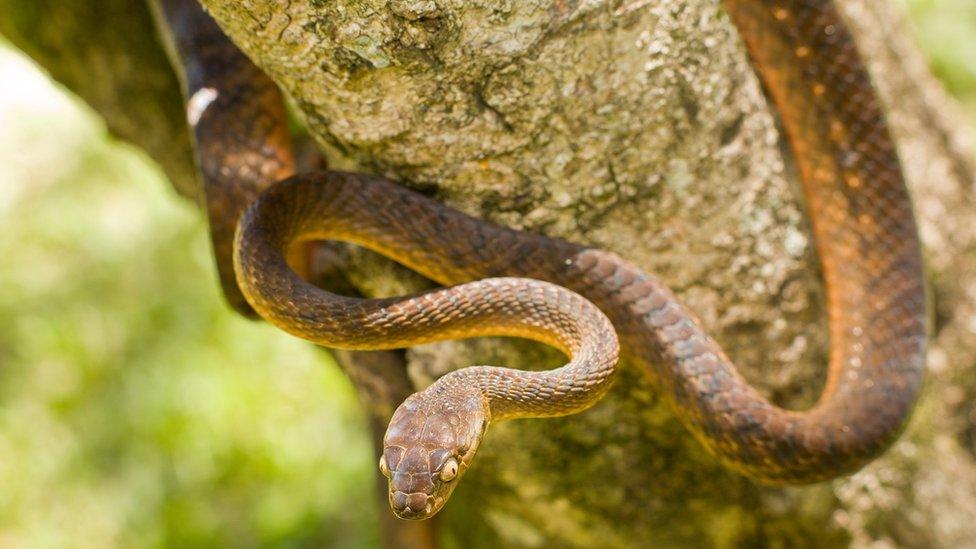
- Published2 July 2021
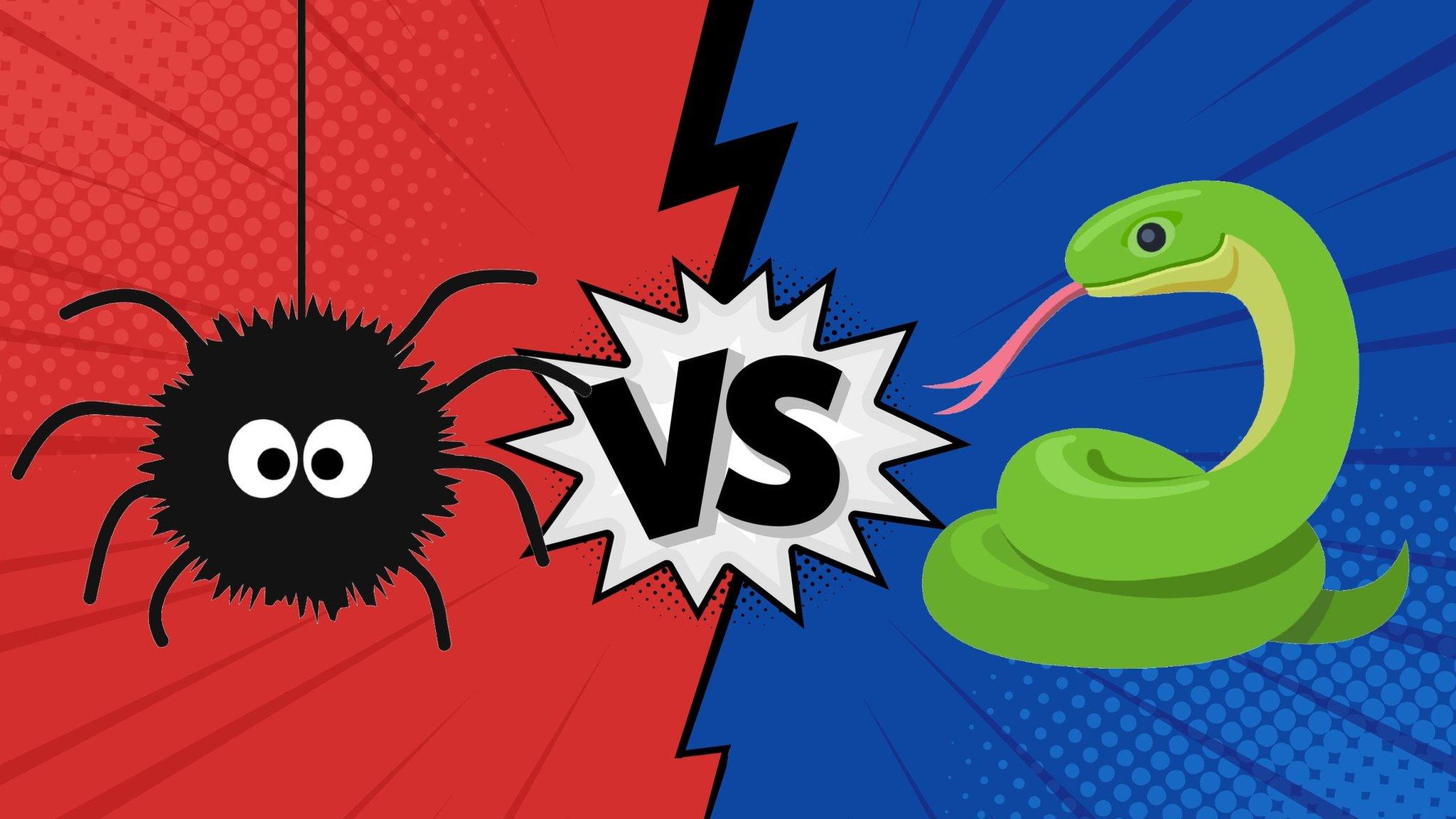
- Published11 March 2022
